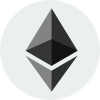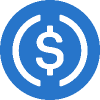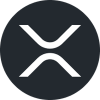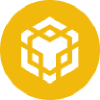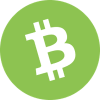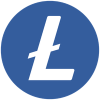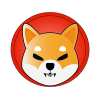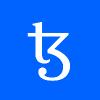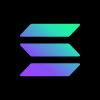
Solana (SOL)
What is Solana?
Solana is a high-performance blockchain platform that is designed to provide fast and cheap transactions, as well as support for decentralized applications (dApps). The Solana network was launched in 2018 by a team of blockchain developers led by Anatoly Yakovenko. The Solana protocol is open source, which means that anyone can contribute to the development of the platform.
Solana is built on a unique consensus mechanism called Proof of History (PoH), which is designed to enable fast transaction processing and high scalability. PoH is a time-stamping mechanism that records the passage of time in the blockchain, allowing for faster and more efficient transaction processing. PoH works by creating a verifiable record of historical events, which can be used to verify the validity of new transactions.
Another key feature of Solana is its use of a unique programming language called Rust. Rust is a systems programming language that is designed to provide fast and secure performance. The use of Rust allows Solana to achieve high levels of scalability and efficiency, making it well-suited for handling large volumes of transactions.
Solana also supports a range of smart contract languages, including Solidity (used in Ethereum), allowing developers to build decentralized applications (dApps) on the Solana network. These dApps can be used for a range of purposes, including gaming, finance, and social networking. Solana's support for smart contracts makes it a flexible platform for building a wide range of blockchain-based applications.
One of the main benefits of Solana is its speed. Solana can handle over 65,000 transactions per second (TPS), making it one of the fastest blockchain platforms in existence. This makes Solana well-suited for handling large volumes of transactions, which is important for applications such as payment processing and gaming.
Another benefit of Solana is its low transaction fees. Because Solana is designed to be efficient and scalable, transaction fees on the network are typically very low. This makes Solana an attractive option for users who want to send and receive cryptocurrency without having to pay high fees.
Solana has also gained popularity for its ecosystem of decentralized finance (DeFi) applications. The Solana network has become a hub for DeFi protocols, including lending, borrowing, and trading platforms. These platforms allow users to earn interest on their cryptocurrency holdings, trade cryptocurrencies, and borrow funds, among other things.
One of the most popular DeFi protocols on the Solana network is Serum, a decentralized exchange (DEX) that allows users to trade cryptocurrencies without the need for a centralized intermediary. Serum uses Solana's fast and efficient blockchain to provide a seamless trading experience for users. Another popular DeFi protocol on the Solana network is Raydium, a liquidity provider and automated market maker (AMM) that allows users to trade cryptocurrencies and earn rewards.
Despite its many benefits, Solana has faced some challenges. One of the main challenges has been the centralization of the network. Solana is dominated by a small number of nodes that are controlled by a small number of organizations. This has raised concerns about the potential for censorship and the security of the network.
Another challenge that Solana has faced is the high barrier to entry for developers. Because Solana is built on a unique programming language (Rust), it can be more difficult for developers to learn and contribute to the platform. This has made it harder for Solana to attract a large developer community, which is important for the long-term success of the platform.
Despite these challenges, Solana has continued to gain popularity in the cryptocurrency markets. Solana's fast transaction processing, low fees, and support for decentralized applications have made it an attractive option.
